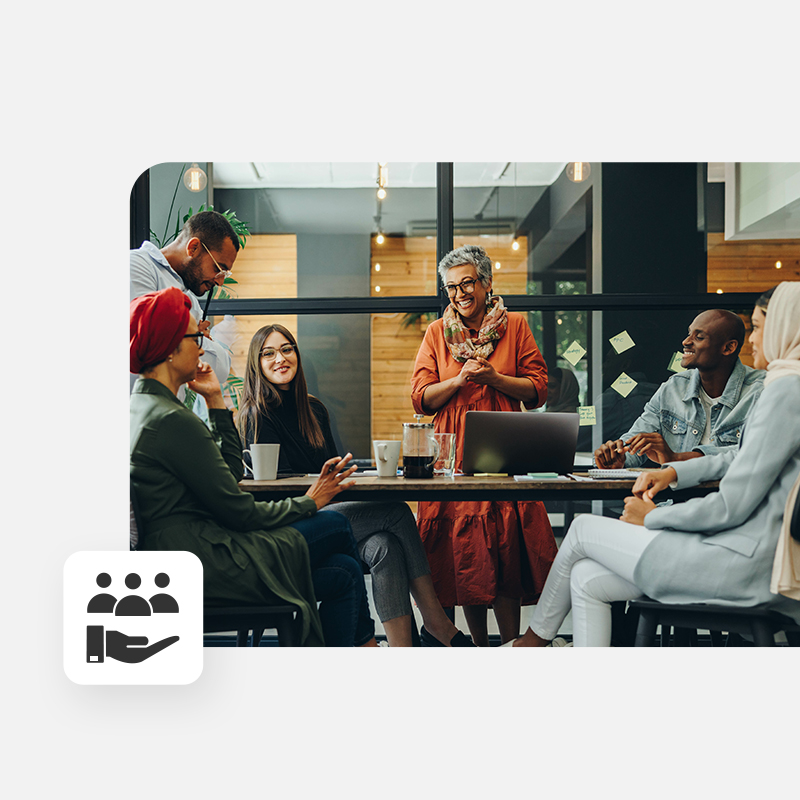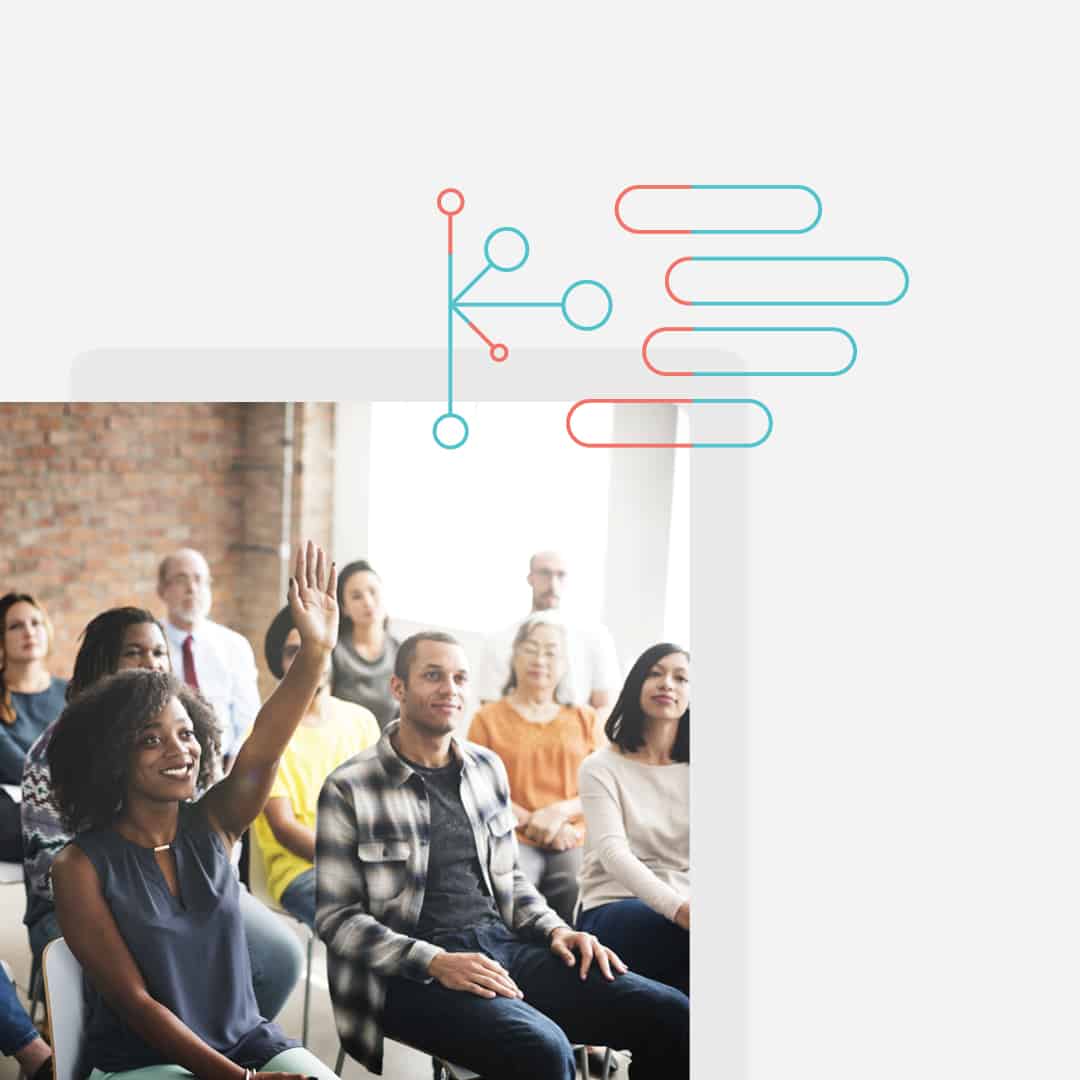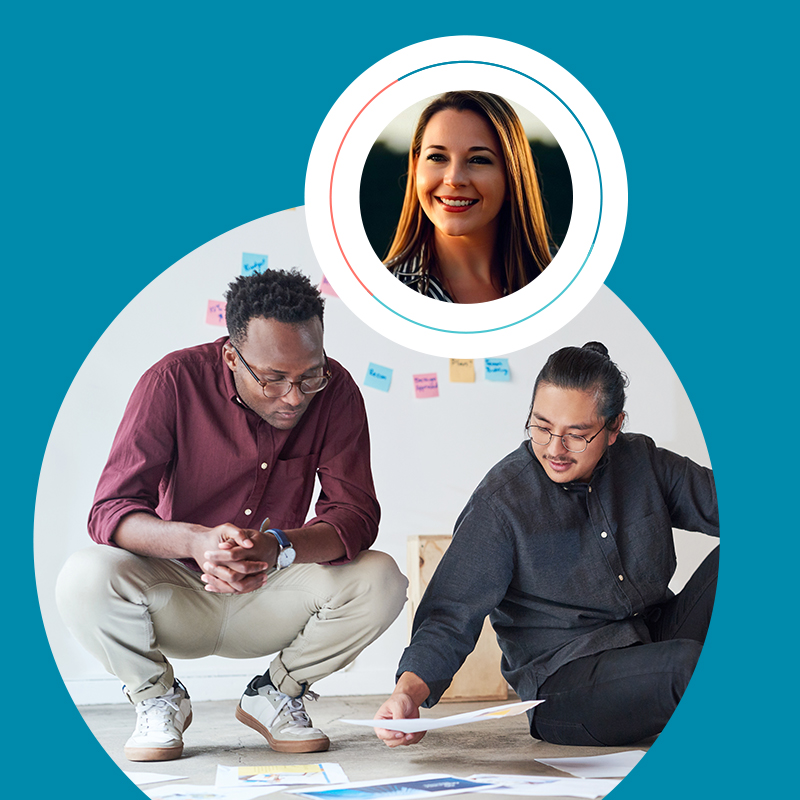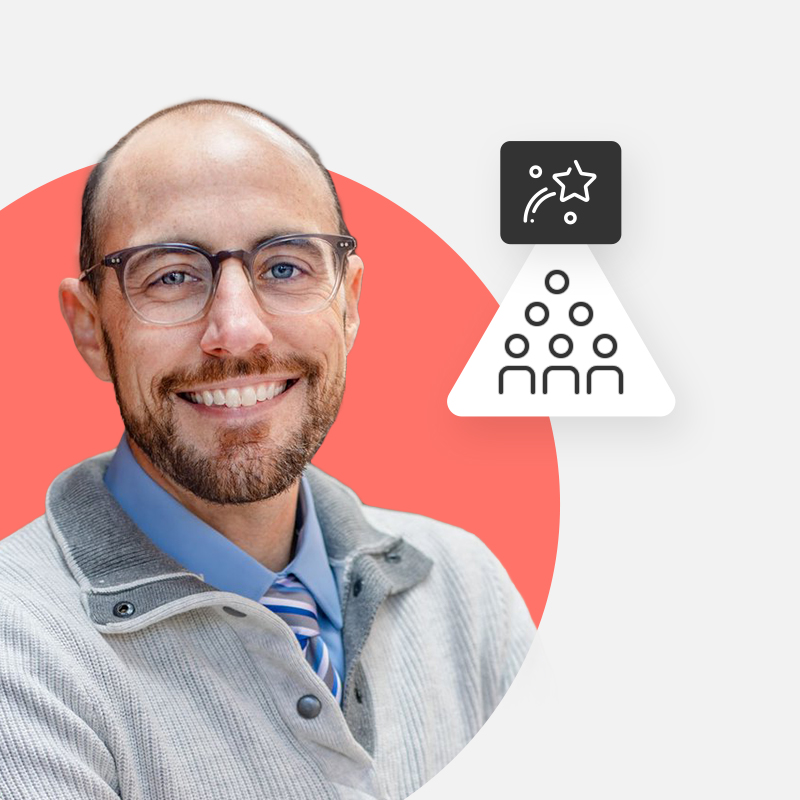In recent months, a cultural tide has turned that threatens allyship, which is at the heart of diversity, equity, inclusion, and belonging (DEIB) programs. Once celebrated as a strategic imperative, these initiatives are now being questioned, cut, or even dismantled by many organizations. Some leaders point to results they didn’t track, others to public pressure they no longer feel. And amid this shifting climate, a hard truth emerges: many DEIB efforts were performative from the start.
But when inclusion is done right—when allyship is authentic, intentional, and embedded in how people work together—it becomes the very fabric of a thriving culture. It doesn’t need a season to justify its presence. It is ever-present, and that’s precisely where its power lies.
At Betterworks, we believe real allyship isn’t a one-month PR campaign. It’s not something that gets a flashlight shone on it only during Pride Month or on Juneteenth. It’s a strategic, cultural commitment that leads to better work relationships and business outcomes.
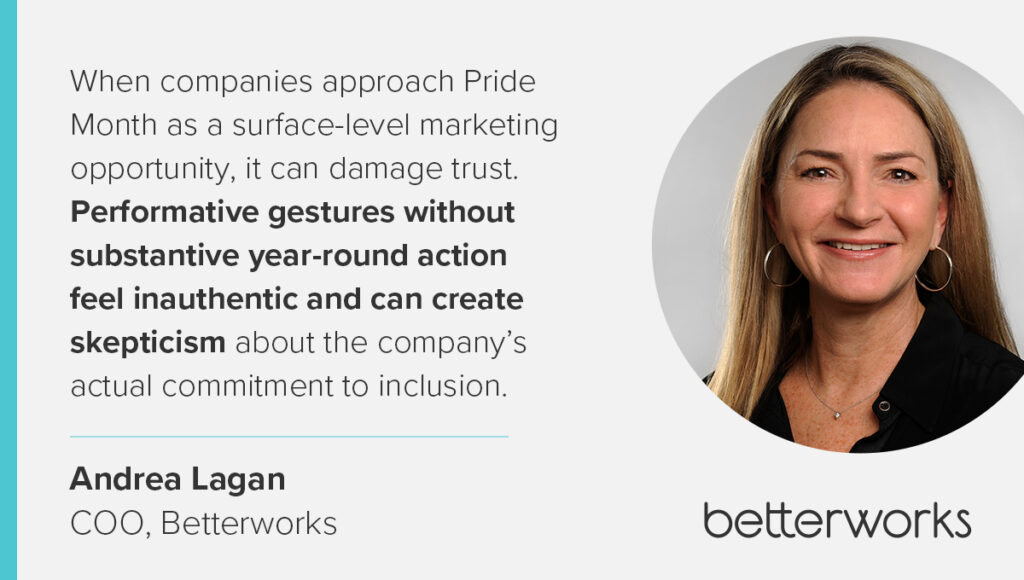
Allyship is a leadership imperative
Allyship isn’t just supporting a cause from the sidelines. It’s about stepping into the arena with courage, awareness, and accountability.
Doug Dennerline, Betterworks CEO, defines allyship not as a passive sentiment but as “actively using my leadership position to amplify underrepresented voices, reduce bias, and create paths for advancement.” That means regularly meeting with employees to gain their perspectives, ensuring diverse representation on leadership and executive teams, and “holding myself accountable through public DEIB metrics, such as hiring, promotion, and retention rates,” which are posted on the Betterworks website.
Real allyship is when values show up not just in what we say, but in what we build. Betterworks takes this seriously. For example, the AI embedded into our performance management platform helps leaders review manager-employee communications and remove inappropriate language and bias. Allyship, after all, shows up in the details—in conversations, hiring decisions, goal-setting, and even software design.
What else can leaders do? Doug offers a powerful answer: Match donations to LGBTQIA+ causes and support employee resource groups (ERGs) not just in spirit but in budget. Provide internal and external forums for storytelling and feedback that give employees the chance to share their lived experiences and shape policies based on them, such as internal preferences for pronoun usage, flexible holidays, and mentorship programs.
Recognizing and celebrating the whole person is essential. Doug recalls a story that made him proud of how the company showed up in support of one of its employees. Betterworks’ Profiles in PRIDE series featured powerful stories from leaders like Cheryl Johnson, Betterworks’ chief product and technology officer, who spoke candidly about shattering the “rainbow ceiling.” “These moments create real belonging, not just awareness,” Doug says.
Yearlong inclusion: Making allyship a practice, not a performance
There’s nothing inherently wrong with celebrating Pride Month. But when rainbows fade on July 1st, and nothing else remains, that’s not allyship. That’s marketing. Andrea Lagan, COO at Betterworks, puts it bluntly: “When companies approach Pride Month as a surface-level marketing opportunity, it can damage trust.” The stakes are real. “Performative gestures without substantive year-round action feel inauthentic and can create skepticism about the company’s actual commitment to inclusion,” Andrea says.
How can organizations avoid the pitfalls of performative stances on allyship and DEIB?
The Betterworks corporate DEIB statement helps ensure that even as external political climates shift, “we stay focused on building internal practices of fairness and inclusion,” Andrea explains. For LGBTQIA+ employees specifically, this means their experiences and contributions are recognized, supported, and celebrated consistently, not just during Pride Month.
This is expressed through BetterTogether, Betterworks’ internal employee resource initiative. It’s grassroots, not glossy—driven by employees who care deeply and supported by leadership who show up consistently.
Through monthly chats, community-building events, and Slack conversations that happen continually throughout the year, BetterTogether ensures LGBTQIA+ and other voices are heard and valued. Employees actively share explanations of cultural celebrations and recognition markers like Holi, Indigenous People’s Day, and Black History Month, hold events that explore diverse topics such as neurodiversity, and honor cultural icons of justice and equality.
And here’s the kicker: Participation in BetterTogether can even be part of an employee’s developmental goals. It’s a way to weave personal passion into professional growth, supported through Betterworks’ own performance enablement platform.
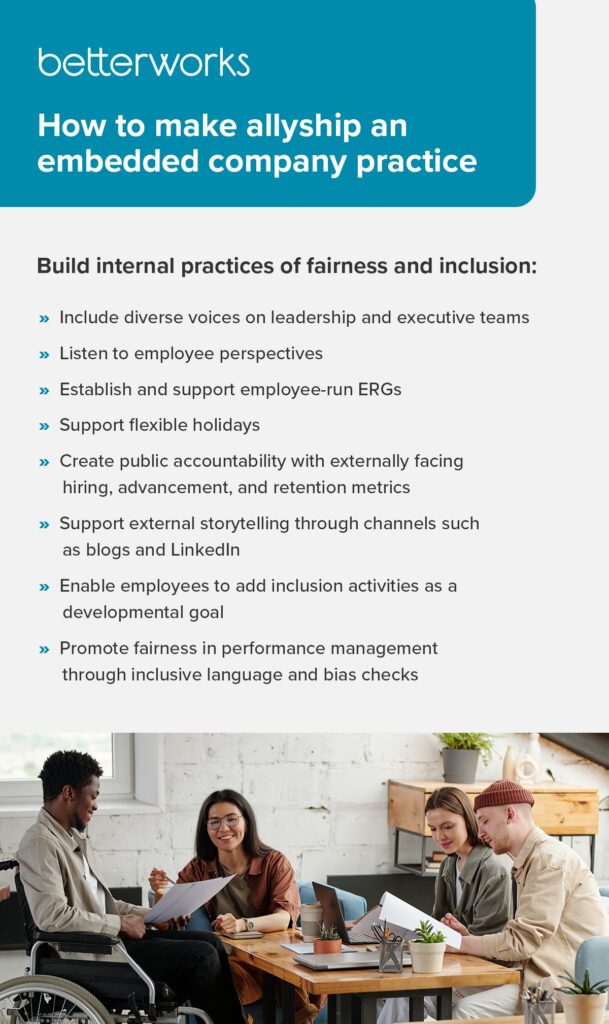
How Betterworks makes inclusion its culture, not a checkbox
Inclusion isn’t a line item. It’s a leadership muscle—one that gets stronger with intentional use.
Doug explains how Betterworks ensures inclusion is lived and not just listed: “We embed inclusion metrics into our quarterly DEIB goals, support ongoing conversations and events that give voice to underrepresented groups, and create space for feedback. We also build product features that reflect these values.”
Ally behaviors are encouraged and modeled. Conversations at Betterworks happen often, with templates and check-ins that promote growth, equity, and empathy. Our performance conversations don’t ignore bias—they’re designed to reveal and reduce it.
Inclusion, done right, becomes invisible—not because it disappears, but because it becomes expected. Normal. Embedded.
Allyship through performance management: data-driven equity
True inclusion scales when it’s measurable. That’s where Betterworks’ platform stands out.
Andrea explains, “Our platform helps uncover and address potential gaps in inclusion and equity by analyzing engagement trends, feedback themes, and performance outcomes across demographics.” That’s actionable insight.
With goals related to inclusion built directly into our framework, organizations can ensure performance conversations reflect DEIB values. These goals don’t sit in HR dashboards; rather, they can guide real conversations between managers and employees. They can be discussed during check-ins, reflected in calibration sessions, and baked into how leaders think about talent development.
Betterworks enables continuous data-informed decisions in its performance modules. Calibration tools highlight hidden bias in ratings. Engage surveys provide feedback loops that surface sentiment and belonging. Advanced Analytics reveals disparities across groups, ensuring no one is left unseen or unsupported.
Allyship is not just what you say in the all-hands. It’s what you surface in the data. And what you act on.
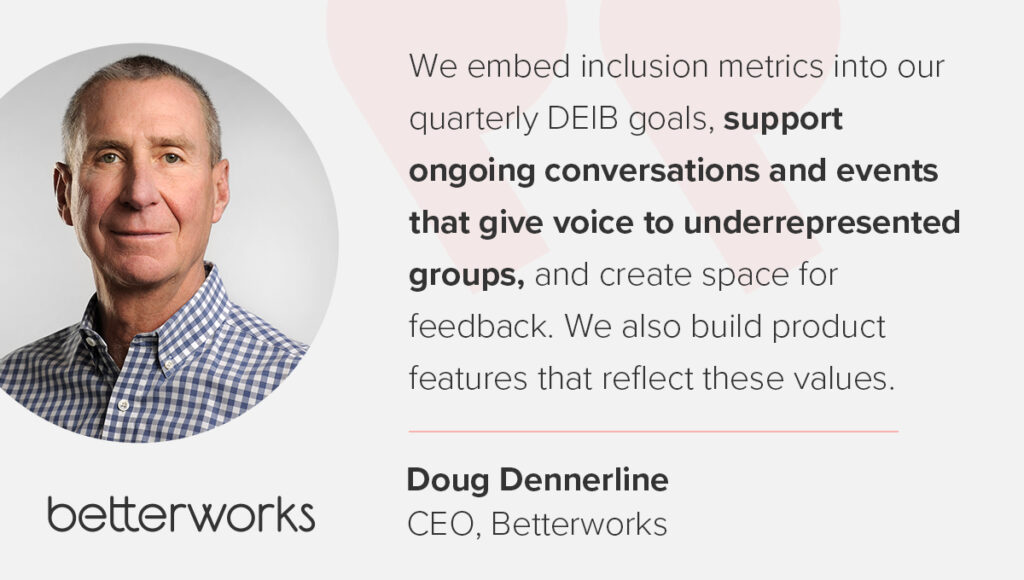
From values to action: building a future where everyone belongs
There’s a reason we do this work.
We believe in building workplaces where every employee can see themselves not just at the table, but leading the conversation.
It is about being brave and transparent. It’s about naming bias when it shows up in feedback, creating space for LGBTQIA+ and other underrepresented employees to grow into leadership, and building products that reflect the world we want, not just the one we inherited.
Allyship is systemic, structural, and cultural.
And it’s how we make work better — for everyone.
Want to build year-round inclusion, not just performative DEI? Explore how Betterworks’ platform embeds allyship into goal setting, feedback, calibration, and performance conversations. Learn more at betterworks.com.
How to support neurodiverse employees
